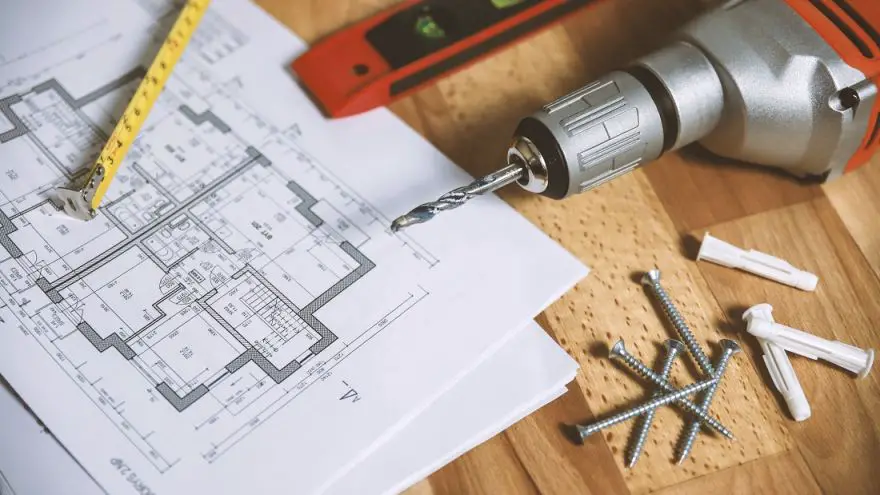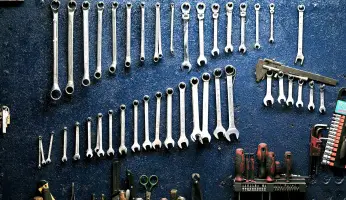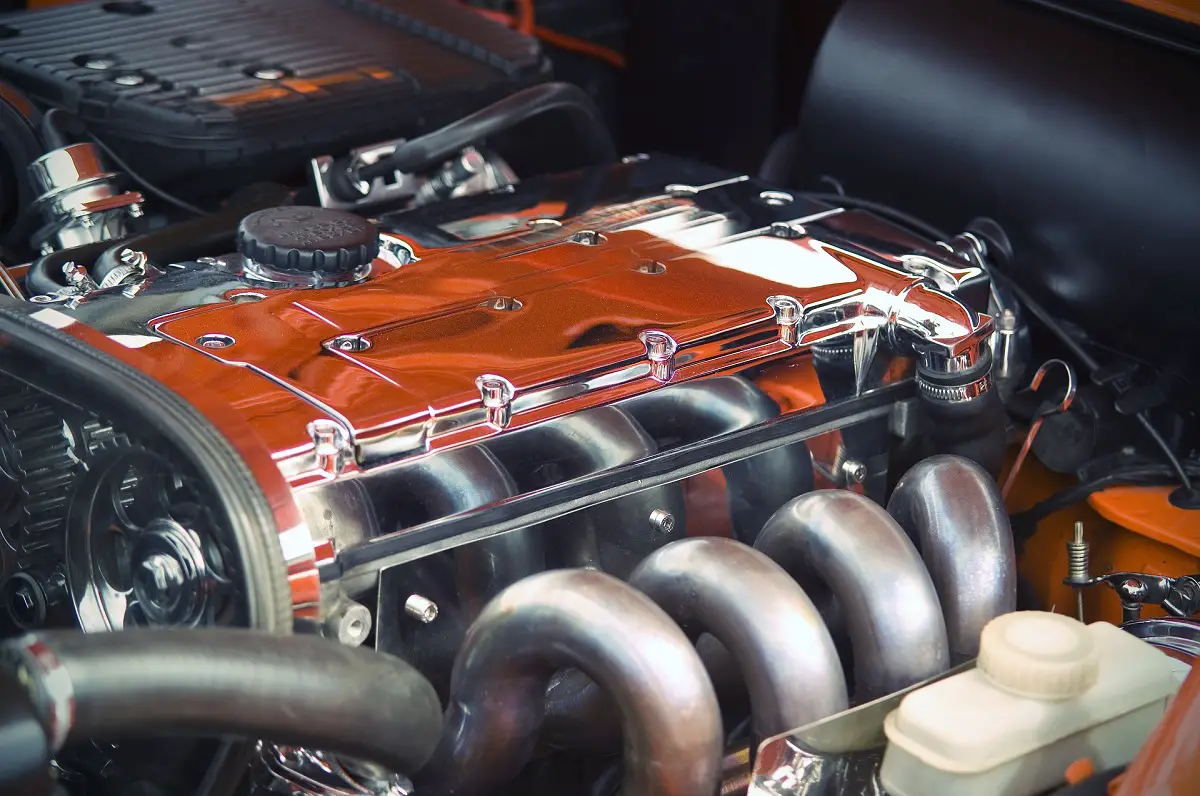Why Power Tools With Brushless Motors are Taking Over
 Why Power Tools With Brushless Motors are Taking Over
drivrzone.com
Why Power Tools With Brushless Motors are Taking Over
drivrzone.com
There’s been a lot of buzz in the power tool world lately about tools with brushless motors. Brushless motors aren’t actually that new; some highly professional tools have used brushless motors since the sixties. But having them available commercially to any consumer is a relatively new thing. All of the major tool companies jumped on the train at the same time, and it’s very possible that, in the near future, all of the tools available will be using brushless motors. But, as often as some of us use tools, many have no idea how the power tool itself works. It just plugs into the wall, or takes a battery, which gives in the energy to work. But the mechanism inside? A mystery. Thus, the difference between brush and brushless motors is one for experts to parse. As someone who uses tools, you should also be aware of the difference between brush tools and brushless ones, and why the brushless motors are taking over.
What is the Brush Anyway?
In order for any of this to make sense, it is vital that you understand how traditional power tools have worked for decades. There are four parts to the traditional, brush motor: the copper armature, the commutator, a stationary ring of magnets, and the eponymous carbon brushes. Those are a lot of technical terms, but what you really need to know is this: the charge from the battery or wall socket is delivered through those carbon brushes, directly into the commutator. The commutator commutates, which is a fancy way of saying it turns the energy into a form the tool can use, and delivers that energy into the armature. The armature, now charged, pushes against the ring of magnets, but, since the magnets are locked in place, the armature turns instead. That is the force that spins the power tool and makes it work.
How Brushless Motors Work
Both brushless and brush motors function off the same basic principle: charging up magnets to create rotational force. It’s the mechanism that delivers the charge to push those magnets that varies. The reason the brush and commutator are necessary in the traditional tools is just because the technology wasn’t available to regulate the incoming energy in a more efficient way. Brushless motors are possible because of other advances in technology; the whole energy delivery mechanism is replaced by a circuit board. Also, the armature and magnets switch places; the armature is stationary and placed around the freely turning ring of magnets. When the armature is charged by the circuit board, it pushes on the magnets, which spin around, powering the rotation of the power tool.
Advantages of Brushless Motors
As is often the case with advances in technology, brushless motors come with a whole lot of significant advantages, and not a lot in terms of drawbacks. In fact, in almost every way, brushless tools are superior to ones with brushes. As the industry pushes further into the future, it’s likely that tools with brushes will be discontinued entirely, and brushless motors will be the sole option on the market. Here’s a look at the major advantages that you have when you use a brushless tool.
Longer Lasting Batteries
If you’re using a tool that is battery charged, then one of the most annoying things to keep track of is charging the battery. It sucks when you go to use a tool and it doesn’t have any juice, and you need to stop what you’re doing, go back to the charging station, and plug in the battery. Well, with brushless motors, you’re going to have to do that much less often. Despite using a more complex internal system, brushless tools actually use much less battery than ones with brushes. The reason for this is actually precisely because of that complex internal system. The circuit board is able to directly feel how much resistance that the material you are drilling into is putting out. It will directly adjust the strength of the drill in order to match the requirements of the material. That means, if you’re drilling into something with very little substance, such as styrofoam, the motor will barely even turn, whereas drilling into a thick piece of oak will have the engine giving its all. Just like cruising in neutral while driving a manual can save gas, this sort of energy efficiency means much less battery use. Not only is it less of an annoyance for you when using the tool, consuming less energy is also better for the environment.
More Efficient Means More Power
One of the most significant gains in brushless tools, over the ones with brushes, is that brushless tools are able to deliver much more power. Brush motors are somewhat restrained in terms of power output. That’s because of the armature. The small bit of coiled copper can only handle so much charge, so the push back it can generate from the magnets that surround it is limited. The reason that brushless motors can generate so much more energy has more to do with the armature than the brush itself. Because the armature surrounds the magnets, rather than the other way around, there is physically more copper, which is able to exert more force on the magnets. That’s not the only point of efficiency, though; because the energy is delivered directly through the circuit board, all of the energy that would be lost to friction stays within the mechanism instead. What all of this means is, when both tools are going all out, brushless motors have much more power. More power capability and an ability to regulate that power automatically are some of the biggest advantages that brushless tools have, but they aren’t the only ones.
Higher Durability
When you’re working a traditional tool, there is physical contact and friction between those carbon brushes and the commutator. Whenever you have mechanisms doing physical work, those parts will take wear and tear. Over time, the action of the brushes will cause damage to the internal mechanism, and the tool will be less able to deliver adequate force, or possibly not at all. This is largely not an issue with brushless motors. The whole internal operation, with the circuit board and the freely moving magnetic ring, is quite low on friction. This means that the level of durability with a brushless motor is much higher. If you’re using a brushless motor instead of one with a brush, then that tool will last much longer than the alternative, and still deliver just as much force after years of use.
Tools Can Be Smaller
This is just one step from having a more powerful motor. The strength of a power tool’s motor is generally directly proportional to its size. With a very physical process going on inside the tool, the size of the armature contained within the tool is the main deciding factor when it comes to how strong the tool is. Of course, strength isn’t a major concern for many consumers. You very likely would prefer a small tool that’s strong enough than a big bulky tool that can provide more power than you would ever need. That’s where the brushless motor pays off; because power is proportional to size, and the brushless motor uses power more efficiently, you can easily get a small brushless motor tool with as much or more output as the much larger, brush-powered alternative.
The Catch
It does seem that brushless motors are absolutely perfect. With all of those advantages, there must be some type of drawback. The thing is, there isn’t, mechanically speaking. In terms of the effectiveness of the engine powering the tool, a brush motor just cannot compete in the same league as a brushless one. It is inferior in every measurable way. However, for some consumers, that just plain doesn’t matter. If you only use your tools rarely, if you have a tight budget, if you’re used to the feel of a brush motor tool, then all of the mechanical advantages of brushless motors simply don’t matter. At the end of the day, a power drill with either motor type will be able to drill a hole in that piece of wood; it’s only a question of how good the tool in question is at the task. And there is a significant trade off between brush and brushless motor tools. Brushless motor tools cost significantly more than their brush ancestors. It’s likely that, as brushless tools become more universal, the price will go down, but at the moment, brushless tools are a hot commodity, and as such cost much more than brush motor tools. If your needs are not intense and your wallet is not fat, then a brush motor tool might well be all that you need.
Whichever you personally choose for your task, you should be aware that brushless tools are the future. The mechanism inside is so much superior to the way that tool companies have been doing things, that there’s no way the industry doesn’t shift towards brushless. Know where the market is heading, and if, for some reason, you do want a brush motor tool, it might be a good idea to go out and get one now, because soon, they might not be available at all.
Sources
- Lowe’s – Advantages of Brushless Motors
- Popular Mechanics – What’s So Great About Brushless Motor Power Tools?











